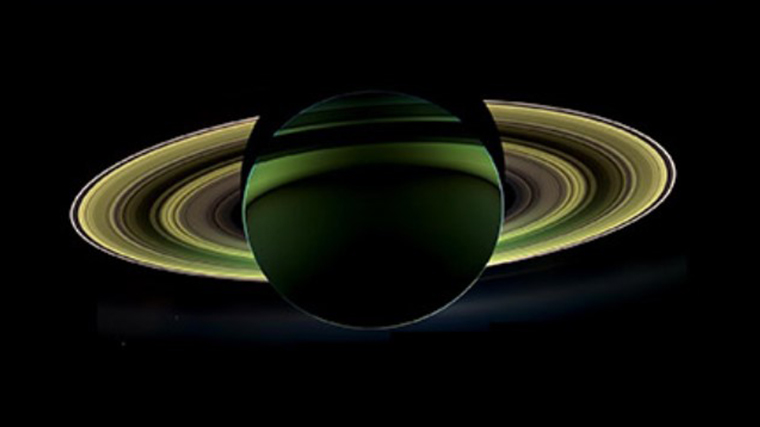Exoplanet exploration is vital to the James Webb Space Telescope’s science goals. We asked Webb Observatory Deputy Scientist Christopher Stark of NASA’s Goddard Space Flight Center to tell us about one way Webb is studying other worlds.
James Webb’s Exoplanet Discovery Instruments
NASA’s James Webb Space Telescope can directly detect exoplanets, although this is difficult due to their small angular width and host star’s brightness. The stars are so far away that a hair’s breadth separates their planets. However, Webb is equipped with instruments such as NIRCam and MIRI cameras with coronagraphs that block the star’s light, allowing the faint light of the planets to be seen. This is similar to using a car visor to block the sun so you can see the road.
Image planes
Webb optics contains “planes”, such as the “image plane”, where astrophysical objects are focused, and the “pupil plane,” which is the focal point of the telescope’s main mirror.
Webb’s coronagraphs block starlight in both planes. Most Webb masks simply block light, but MIRI’s “four-quadrant phase masks” use “destructive interference,” causing the light to extinguish itself.
But even these tricks cannot completely block the star. Therefore, Webb uses additional pupil plane masks, also called Lyo stops, to remove most of the remaining starlight.
Despite the masks, Webb’s coronagraphs do not fully capture the star’s light. To remove the last vestiges of light, Webb’s astronomers will measure residual starlight patterns and then subtract them from the scientific image.
Webb NIRCam and MIRI coronagraphic images of the exoplanet HIP 65426 b. The white star symbol marks the location of the star blocked out by the coronagraphs. The exoplanet does not display Webb’s hallmark six-spiked diffraction pattern due to the pupil plane coronagraph masks. Credit: NASA/ESA/CSA, A Carter (UCSC), the ERS 1386 team, and A. Pagan (STScI).
Webb’s infrared capabilities don’t see cold planets
Webb’s sizeable primary mirror and infrared capabilities make its coronagraphs ideal for studying faint infrared objects. This complements other instruments, such as the Hubble Coronagraph. Webb is particularly useful for discovering giant, warm exoplanets and studying circumstellar and protoplanetary disks. Its coronagraphs can also be used to explore galaxies with active nuclei.
The James Webb Space Telescope. Credit: NASA/Chris Gunn
More advanced coronagraphs are required to image Earth-like planets around Sun-like stars. NASA is working on this, and the Nancy Grace Roman Telescope will test next-generation technologies. In addition, NASA is planning a Habitable Worlds Observatory to search for Earth-like exoplanets and look for signs of life on them.
Banner image: NASA, ESA, CSA and STScI
Image credit:
https://www.nasa.gov
https://blogs.nasa.gov
https://indianexpress.com






